
Rice, Rutgers developing inhalable COVID-19 vaccine spray
Scientists at Rice and Rutgers developing two COVID-19 vaccine strategies that do not require cold storage, one of which can be inhaled.

Rice, Rutgers developing inhalable COVID-19 vaccine spray
Scientists at Rice and Rutgers developing two COVID-19 vaccine strategies that do not require cold storage, one of which can be inhaled.
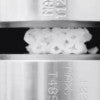
Soft shell makes hard ceramic less likely to shatter
Coating ceramic schwarzites, 3D-printed lattices, with a thin polymer helps keep them from shattering under pressure.
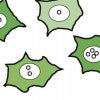
Cell-wrangling circuit simplifies genetic experiments
A Rice alumnus' work pays off with The Equalizer, a synthetic circuit that assures consistent gene expression in laboratory-bred colonies.
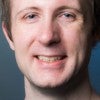
NIH grant will help streamline chemical synthesis
Rice University chemist Julian West has won a five-year, $1.8 million National Institutes of Health grant to advance his lab’s efforts to simplify the synthesis of organic chemicals.

Reversal speeds creation of important molecule
A Rice lab’s reverse approach to making halichondrin B is the shortest route to a “rather complex and important molecule."

Keck backs Rice bid to ‘build a brain’
A $1 million Keck Foundation grant will support work by Jacob Robinson to understand neural pathways.
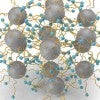
Quantum dots keep atoms spaced to boost catalysis
Rice engineers use graphene quantum dots to trap transition metals for high atom loading in single atom catalysis.

Nightside radio could help reveal exoplanet details
Rice scientists enhance models that could be used to detect magnetosphere activity on exoplanets. The Rice model adds data from nightside activity that could increase signals by at least an order of magnitude.
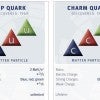
Rice welcomes teachers for in-person physics workshop
QuarkNet returned to Rice last week for the first in-person workshop on campus since the start of the pandemic.

‘Flashed’ nanodiamonds are just a phase
The “flash” process developed at Rice University can turn carbon black into functionalized nanodiamond and other materials. The carbon atoms evolved through several phases depending on the length of the flash.
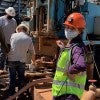
Seismic study will help keep carbon underground
A Department of Energy grant to Rice geoscientists enables development of fiber-optic sensors to find and evaluate small faults at underground carbon dioxide storage reservoirs.

Sickle cell advance incorporates Rice lab's tech
Rice University bioengineer Gang Bao, a pioneer in the search for a way to treat and perhaps cure sickle cell disease, is co-author of a significant step forward revealed in Science Translational Medicine and led by his colleagues at Stanford University.
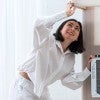
An exhibition opening June 15 at Rice Architecture’s Anderson Hall reveals what’s behind the walls in a typical home, thanks to an award-winning design by visiting critic Liz Gálvez, above. The exhibit, “Of Envelopes and Air,” explains the variety of paths air takes as it enters and leaves buildings and highlights the importance of managing the flow.

Rice lab peers inside 2D crystal synthesis
Scientific studies describing the most basic processes often have the greatest impact in the long run. A new work by Rice University engineers could be one such, and it’s a gas, gas, gas for nanomaterials.

A recently arrived Rice University professor preparing to study quantum systems assembled from the ground up with individual atoms has two significant papers on which to build his reputation.